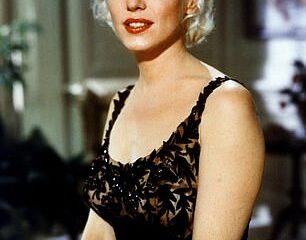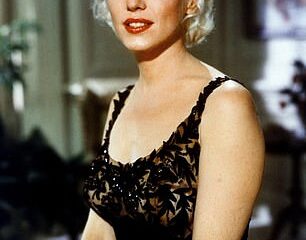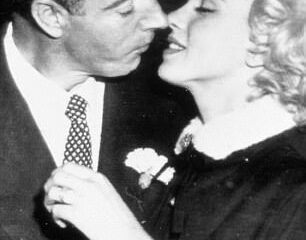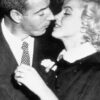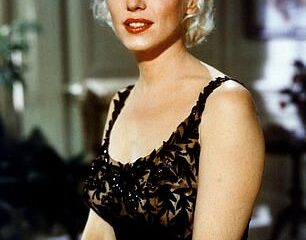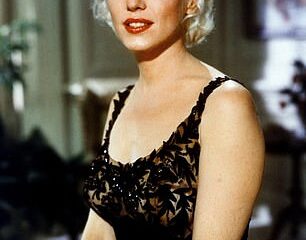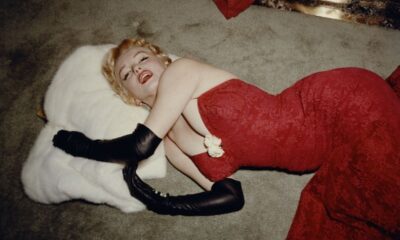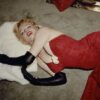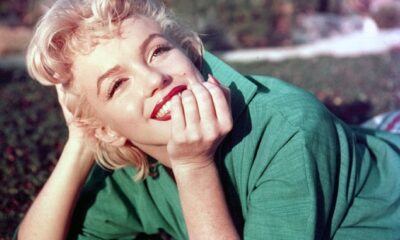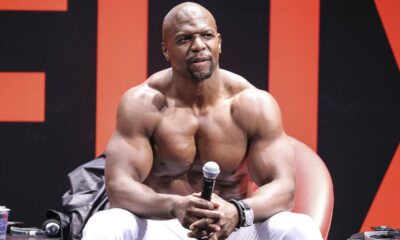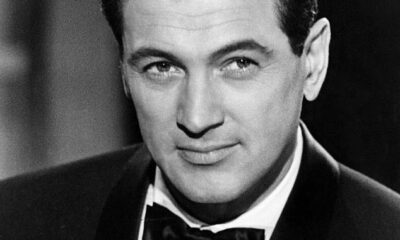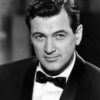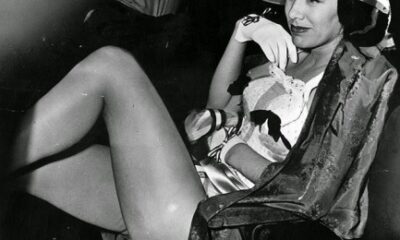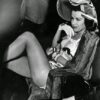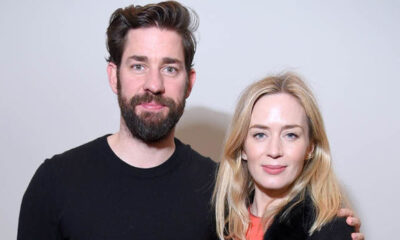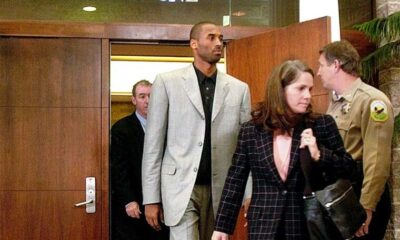All round
Golden age Hollywood had this dirty little secret
Golden Age Hollywood was not as glamorous as it appeared to be.
Behind the scenes, drug use was rampant, fueled by the grueling work schedules, pressure to perform, and the desire to maintain a certain image.
The use of drugs was widespread, but it was not an official policy of Hollywood studios.
Debbie Reynolds, who landed the role of a lifetime in the movie “Singin’ in the Rain”, soon discovered the dark side of Hollywood.
She was exhausted from the demanding rehearsal schedule, and her doctor advised her to take a week off.
Trending:
However, MGM studio chief Arthur Freed told her to see a different doctor for “vitamin shots.”
Reynolds later wrote in her memoir, “These were possibly the same ‘vitamins’ that ruined Judy Garland.”
Judy Garland was introduced to “pep pills” by her mother, and as her stardom grew, MGM studio doctors prescribed her pills to control her weight and energy levels.
Garland eventually became addicted to these pills, which led to a series of nervous breakdowns and eventually, her death from a drug overdose at the age of 47.
“They’d give [me and Mickey Rooney] pills to keep us on our feet long after we were exhausted,” Garland told biographer Paul Donnelley.
“Then they’d take us to the studio hospital and knock us out with sleeping pills…then after four hours they’d wake us up and give us the pep pills again so we could work 72 hours in a row. Half of the time we were hanging from the ceiling but it was a way of life for us.”
Actors were not the only ones using drugs in Hollywood.
David O. Selznick, a legendary director and producer, relied on Benzedrine to get through long hours of movie making, and Carol Reed and his crew reportedly took large amounts of amphetamines during the production of “The Third Man.”
Evelyn Keyes, an actor on set, recalls Selznick crushing Benzedrine and licking it from the palm of his hand.
Twentieth Century Fox doctor Lee Siegeltold Marilyn Monroe biographer Anthony Summers, “In those days, pills were seen as another tool to keep stars working. The doctors were caught in the middle.”
“If one doctor would not prescribe, there was always another who would….everyone was using pills.”
Many women were prescribed amphetamines or “vitamin shots” to control their weight, and they felt like taking pills was not an option.
Child actors, who were supposed to be subject to strict labor laws, often worked long hours.
Elizabeth Taylor and Shirley Temple both recall directors and studio heads pushing the boundaries of working hours.
Temple recalls the entire studio celebrating her 18th birthday by working her all night long.
The use of amphetamines was widespread, not just in Hollywood but in other industries as well. After World War II, the use of amphetamines increased due to its widespread use in the military.
By the 1960s, it had become an epidemic, with “rainbow diet pills” commonly prescribed by doctors.
In 1970, the use of amphetamines was curtailed by the Controlled Substances Act, which acknowledged its addictive properties.
Hollywood had moved on to other stimulants like cocaine by then, and the studio system that often provided drugs to its stars had changed.
The drugs that fueled Hollywood’s golden age remained a dirty little secret for years, but it is a part of its history that cannot be ignored.
Popular Posts:
- Queen’s damning reply to Prince Harry’s ‘what Meghan wants, Meghan gets’ outburst
- Here’s Why Meghan Markle Cannot File Harry Divorce In US
- Meghan Markle ‘escorted out of Prince Charles’ garden party’ in unearthed video
- Here’s Why Meghan Markle Cannot File Harry Divorce In US
- Prince Harry ‘kept asking for more money’ and Prince Charles got ‘fed up’
- Prince Charles ‘deliberately’ left Meghan out of Archie’s birthday message
- Prince Harry and Meghan ‘blamed staff when they didn’t get their way’
- Prince Harry has been ‘brainwashed’, says biographer
- Meghan Markle blogged about Kate’s wedding before claiming she ‘didn’t know much about royals’
- REVENGE: Beatrice’s pregnancy announcement total dig at Meghan Markle
- Damage is done: Prince Harry warned rift with Prince Charles is widening beyond repair
- Meghan Markle Oprah interview claims debunked by own blog post
- Prince Harry faces Backlash for podcast interview, Duke ‘making too much noise’
- Queen and Charles deeply upset with Harry’s rants
- Harry and Meghan are ‘trolling the world’ with hidden photos Archie, says their biographer
- Prince Harry Demands wife Meghan Markle Be Part Of Princess Diana’s 60th Birthday Tribute Or He Won’t Show
- Harry and Meghan are ‘trolling the world’ with hidden photos Archie, says their biographer
- Meghan Markle’s Plastic Surgery
- Meghan and Harry CAN’T do another bombshell interview – ‘Can only do one’
- How Kate Middleton earned the Queen’s respect
- William and Kate prove they are NOT ‘trapped’ despite Harry claims
- Kate Middleton ‘won’t be walked over by Meghan Markle,’ says Jenny Eclair
- Meghan ‘wasn’t too keen’ on living in smaller place than Kate and William after royal wedding
- Meghan Markle was a ‘failure’ in Hollywood, biographer reveals
- Meghan and Harry are trying to start ‘alternate woke Royal Family,’ Expert says





